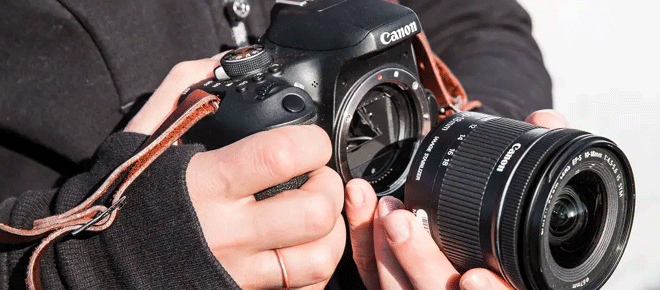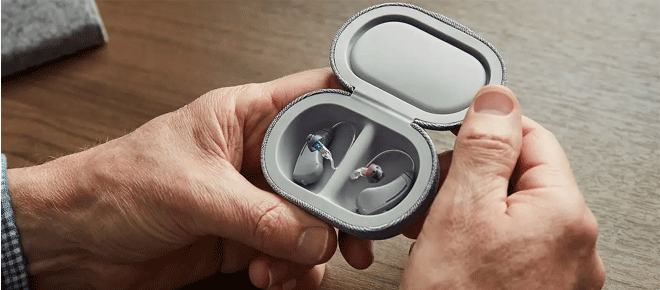What Does Class Mean in Ear Plugs

Ear plugs are a quick and convenient solution for reducing noise without blocking your ability to hear. They are often easier to use than ear muffs and are less expensive.
Basic foam-style ear plugs are rolled up and then inserted into the ear canal to expand into place. These can vary in size and shape between users and their effectiveness will depend on a proper fit.
Class 1
The lowest class of earplugs is Class 1. These are typically made from soft foam and fit into the outer portion of the ear canal. They may be molded in place or come as a pair of universal-fit earplugs designed to fit most ear canal shapes.
They are designed to be used continuously for extended periods and protect against loud noises. They are typically worn by factory workers who work within hearing distance of high-powered machinery for long periods. This is also a common type of hearing protection worn by police officers.
This type of ear protection offers some of the best sound attenuation of all ear protectors. However, they tend to reduce the low and mid frequencies more than the higher frequencies. This can result in muffled speech and music. For this reason, they are generally not recommended for use in situations that require clear communication or the appreciation of high-quality sounds.
Earplugs in the lower classes can also cause discomfort in some users, particularly when they are not properly fitted. They can irritate the temporomandibular joint, which is located close to the ear canal. They can also push earwax back into the ear canal, which could potentially damage the eardrum.
For this reason, all earplugs must be fit-tested for each user. The rating number provided for a given protector is based on a specific set of test standards, frequency ranges, and calculation methods. It is therefore not a good predictor of the attenuation that can be expected for an individual user. For this reason, a fit-testing program is the best way to ensure the effectiveness of any type of hearing protector. When you're considering purchasing hearing protectors like Loop Earplugs, don't forget to search for the latest Loop Earplugs UK Coupon to save on your order and prioritize hearing safety.
Class 2
Ear plugs are the most popular type of hearing protector, and are available in a wide variety of styles. They are a simple, inexpensive way to reduce the risk of occupational hearing damage. They are used by workers in all fields and are an essential part of a well-managed safety program. The first step in choosing the right hearing protection is knowing how loud your work environment is. Large industrial companies often have noise monitoring systems and/or outside consultants to determine the ambient level of workplace noise. Once the level of exposure is known, selecting a protector is much simpler.
Most earplugs are passive, meaning they reduce sound by blocking it with a physical barrier. Their effectiveness varies with frequency, and soft sounds are reduced more than loud ones. Active electronic ear plugs exist that allow users to hear soft sounds while still being protected from high-level noise.
Other forms of ear protection include acoustic foam earplugs that are soft and roll down to fit the shape of each ear canal and custom molded earplugs that require an impression of the user’s ear. Both of these types are available in disposable and reusable versions, in corded and uncorded forms, and a wide variety of colors.
Some earplugs feature a porous ceramic insert that reportedly helps equalize cabin pressure and prevent pain during airplane landings and take-offs. They are sometimes distributed by airlines as part of the amenity kit, along with a pair of regular foam earplugs. They also come in a range of color options and are designed for sleeping as well as working environments. When you're interested in acquiring these earplugs, it's a good idea to look for the latest Accessories Coupon to save on your purchase and enjoy the comfort and functionality they offer.
Class 3
Earplugs are a popular form of personal protective equipment (PPE) for industrial workers. They come in a variety of shapes and sizes and are designed to fit different types of ear canals. Some are disposable, while others can be worn for extended periods and are considered reusable. Some earplugs are mass-produced and can be used by almost anyone, while others are individually molded and created to precisely fit a specific individual’s ear canal shape.
The size and shape of the human ear canal varies widely between individuals, even within the same gender or age group. As a result, the amount of attenuation offered by different models of earplugs can vary significantly. Generally, the higher the attenuation rating of an earplug, the greater its ability to reduce noise.
However, it is important to note that the attenuation provided by earplugs is only as good as their fit. When earplugs are improperly inserted, they can cause pain and discomfort. They can also push earwax and debris into the ear canal, where they can potentially damage the eardrum.
To ensure that earplugs offer sufficient attenuation, they must be molded to the ear in the position that they will be worn during the workday. For example, if the earplugs are to be used for sleeping, then they should be molded while lying down. In addition, musicians should practice their embouchure or move their jaw to mimic singing during the impression process to account for the changes that take place in the ear canal due to posture. For this reason, it is recommended that all workers undergo individual fit testing before they begin to wear earplugs for their daily work shifts.
Class 4
These earplugs are molded to fit the shape of your ears. They are often made of soft expandable PU foam that can be rolled between fingers to compress, then inserted into the ear canal where it expands and seals against each person’s unique ear shape. They are typically designed for single use and available in either disposable or reusable versions.
Ear plugs can provide greater flexibility than ear muffs and are more likely to remain comfortable during long periods of wear. However, their insertion requires care to avoid damaging the ear canal or eardrum, and they are less effective when noise levels exceed 105 dB. They are also less visible than ear muffs and may be difficult to confirm if they are being worn properly and hygienically.
It’s important to note that Class ratings are based on laboratory testing and don’t account for real-world conditions such as proper fitting, maintenance, or user preferences. As a result, a higher NRR rating doesn’t necessarily translate to more sound reduction when using hearing protection in your real-world environment.
To choose the best earplugs for your situation, start by performing a sound level survey to determine the extent of the noise hazard you’re exposed to. Once you have this number, subtract 80 from it to get your reduction indicator rating. This will help you select the minimum protection required to ensure your hearing is protected.
For example, if you need to hear your coworkers speak in low tones, a pair of 3M Nitros will provide excellent sound protection. These earplugs are softer and smaller than most plugs, making them perfect for those with narrow or shallow ear canals. They also have an SLC 80 rating of 29dB, which is one of the highest available for this type of plug.
Class 5
Many types of earplugs are available, and they can be divided into categories based on their form, material, and intended use. These categories range from mass-produced disposable earplugs to individually molded custom-fit earplugs. There are also reusable and metal-detectable earplugs for food processing applications, as well as special-purpose filters designed to help with hearing in high-noise environments.
Basic foam earplugs are often worn by industrial workers who need to be able to hear their co-workers and equipment around them, and they can provide very good noise reduction capabilities. Some foam earplugs also feature a smooth surface that prevents foreign debris from entering the ear canal, and they can be comfortably worn for long periods.
Special-purpose filtered earplugs are often used by musicians and technicians, as they offer good noise protection while allowing for a natural frequency response. These earplugs are usually designed with a small diaphragm, and they include acoustic channels and damping materials to attenuate sound evenly.
Disposable earplugs tend to be less expensive than earmuffs, but their cost can add up quickly if they are required to be worn daily. For this reason, it is recommended that users invest in a good pair of quality reusable earplugs, and only buy disposable ones for occasional or one-off usage. All ear protection products will state their class rating, so ensure you find a product with the correct classification for your application. Then, choose a style that is comfortable and won’t interfere with other personal protective equipment (PPE), such as a pair of slimline earplugs that can be worn under helmets or a hardhat, or special earplugs for use in food processing.
Conclusion
the class rating of earplugs refers to their level of noise reduction. Class 1 ear plugs provide the lowest level of protection, while class 4 ear plugs provide the highest level of protection. It's important to choose the appropriate class of earplugs based on the noise level of your environment and your specific needs. Always follow the manufacturer's instructions on the proper use and maintenance of your earplugs for optimal performance.








